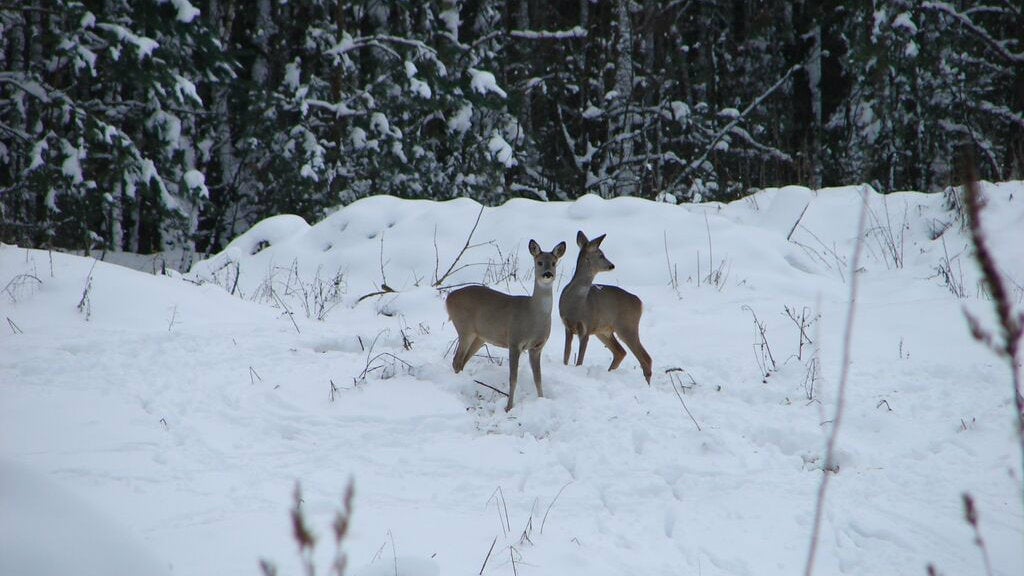Chernobyl proves that humans are a bigger threat to wildlife than even nuclear accidents
The Chernobyl disaster in 1986 released 100 times more radiation than the atomic bombings of Hiroshima and Nagasaki. Some 16,000 people were permanently evacuated from the site of the world’s worst nuclear accident—but what happened to the wildlife left behind?


The Chernobyl disaster in 1986 released 100 times more radiation than the atomic bombings of Hiroshima and Nagasaki. Some 16,000 people were permanently evacuated from the site of the world’s worst nuclear accident—but what happened to the wildlife left behind?
According to a recent study, the animals not only survived but are currently thriving in the abandoned area.
A group of researchers, led by Prof. Jim Smith at Portsmouth University, found relative abundances of elk, roe deer, red deer, and wild boar. Smith tells Quartz that the findings are a “remarkable illustration of the damage we do just by inhabiting an area, by farming, foresting, fishing, and hunting” he adds that human habitation “damages the ecosystem more than a nuclear accident.”
The study, published in the journal Current Biology, looked at two data sets. The first was from images captured by helicopter cameras between 1986 to 1996. Smith says these images shows ”the trend of rising populations after the accident.” The second data set is from surveys from 2008 to 2010, where researchers counted the animal tracks of different species on 35 routes within the zone after fresh snow falls.
“That allowed us to estimate the radioactive contamination for each route and see if we can find a relationship between the amount of contamination and the animal activity,” Smith explains. The findings found no evidence of population declines around the most contaminated areas in Chernobyl.
The number of large mammals in the human exclusion zone around Chernobyl was found to be similar to the mammal population in four uncontaminated nature reserves in the region. The findings weren’t surprising to Smith and his research team as the Belarusians living nearby frequency visited the exclusion zones and saw the wildlife there for many years. “It’s just that this data has never been published before in an internationally-recognized scientific journal,” Smith says.
While the number of animals found around the former Chernobyl nuclear power plant was high, the study did not look at the individual health of each animal. The data instead allowed researchers to look at the long-term effects of radiation on wildlife.
Smith suggests the population of mammals now could be higher than the pre-accident levels.